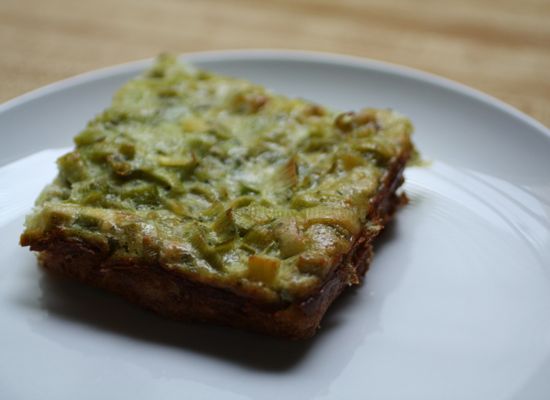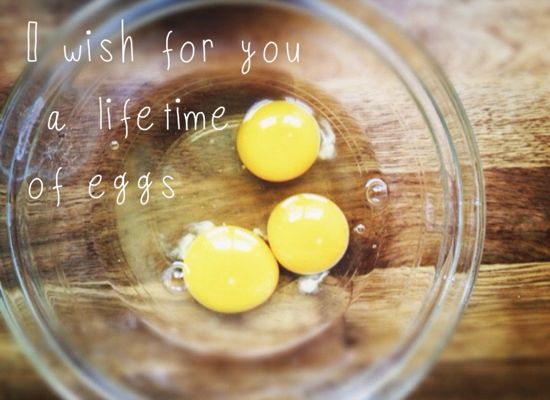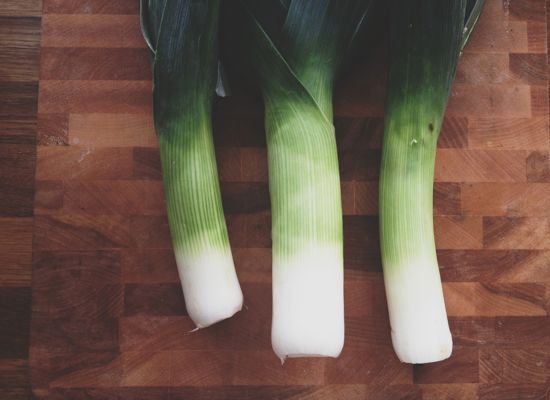Today's offering is a guest post from kindred spirit and fellow food blogger Annelies Zijderveld. You'll love the way she explores leftovers both in the kitchen and on the page.

Leftovers. When was the last time you heard someone get excited about leftovers? By their very name, they point to past revelry and sumptuous meals like the remnant of the Petrale Sole from Friday night’s dinner or Salade Nicoise from Sunday lunch. How is it then, that a dish you could be jubilant at receiving hot out of the oven or freshly tossed can seem so diminished even the day after? I think, too, of the name given to the bag that holds restaurant leftovers and wonder if a doggie ever really did get to sup on its contents?
Leftovers in poetry play a different role. They are the indispensible bits- a fragment of a phrase jotted down quickly in the notebook you’ve got tucked in your bag or a line that in the final analysis didn’t quite fit into another poem but couldn’t quite be deleted from the computer screen. A poet I worked with and admire talked about the importance of keeping a working document of salvaged lines as a library from which to draw when your well might be running low.
The editing room, the chopping block- what remains after the poem is penned. What makes leftovers revelatory in a poem and on the plate is how they can be reimagined from their original intent. So how do you make a masterpiece from leftovers? This requires a bit of ingenuity or deviance, depending on your perspective. Just as poets read to waken their sensibility to listen to the world around them and see it for what it is and not just for what it might seem, so too, do home cooks contemplate cookbooks, restaurant menus or simply ingredient lists for new ideas of pairings that might work well together. Simply ask a Thanksgiving cook about how they plan to incorporate Thursday’s turkey into Friday meals.



